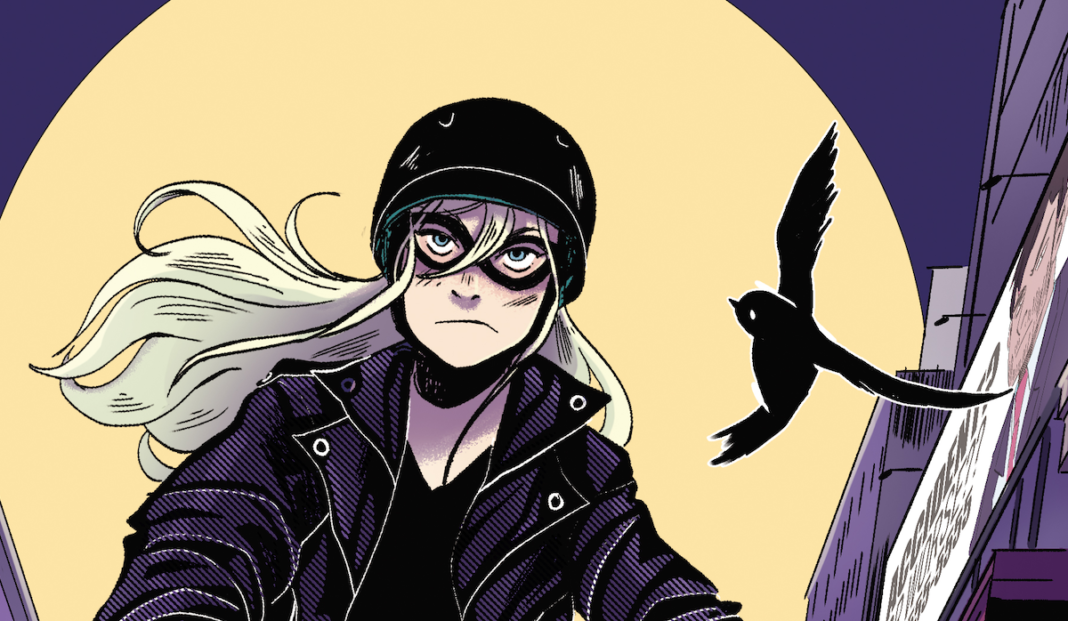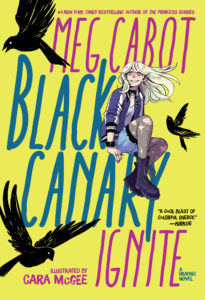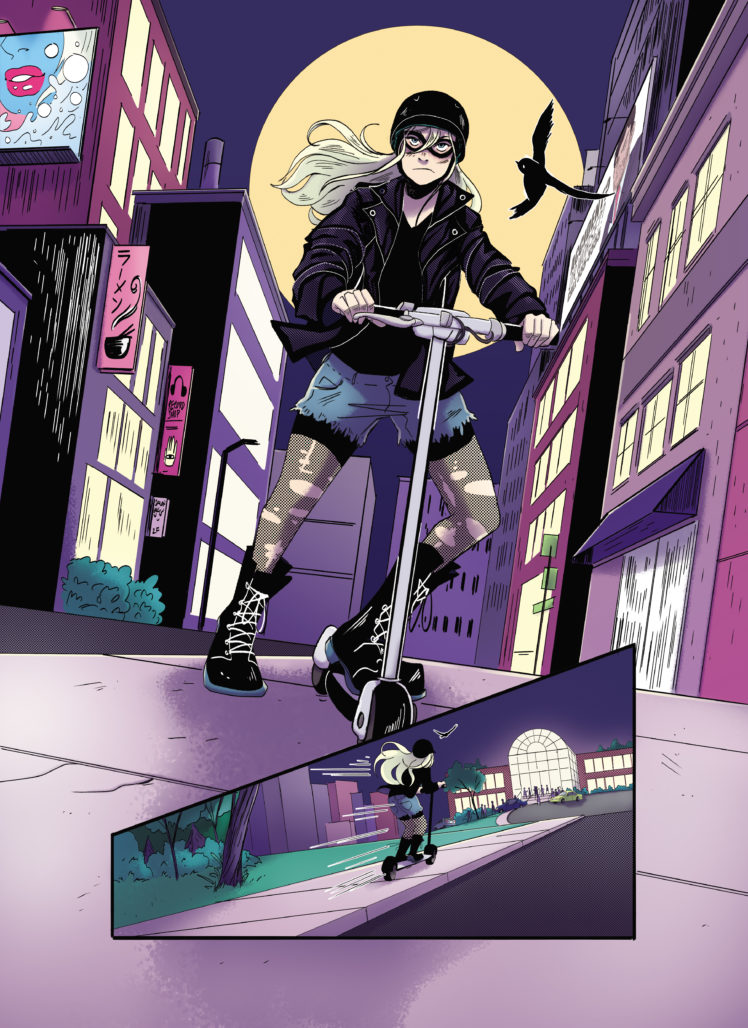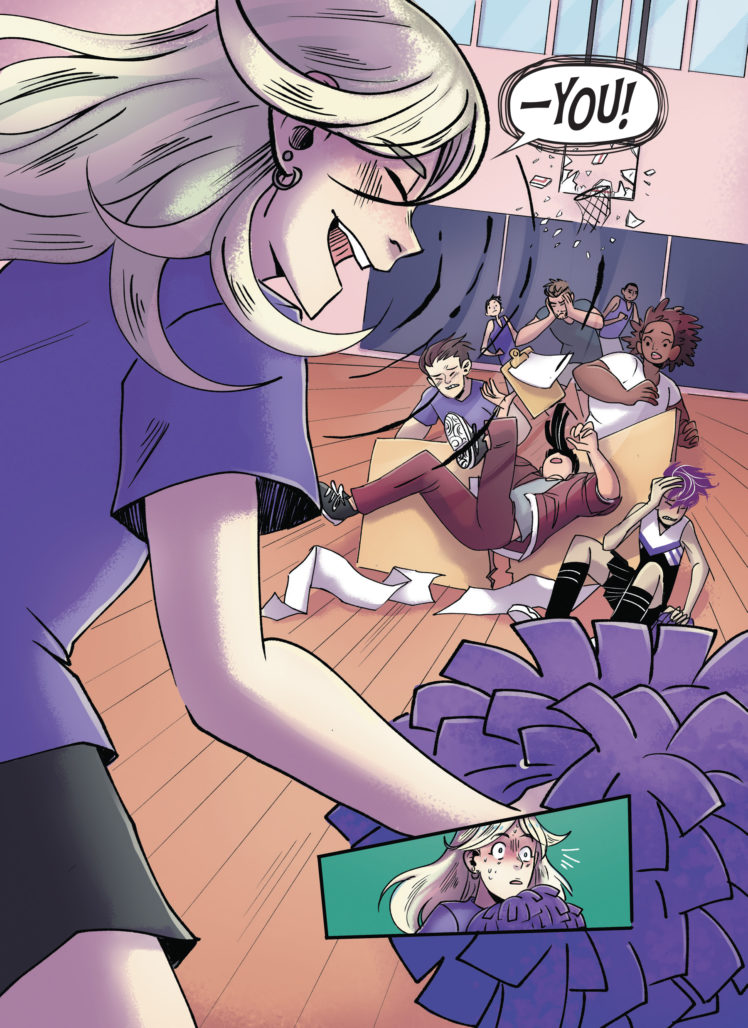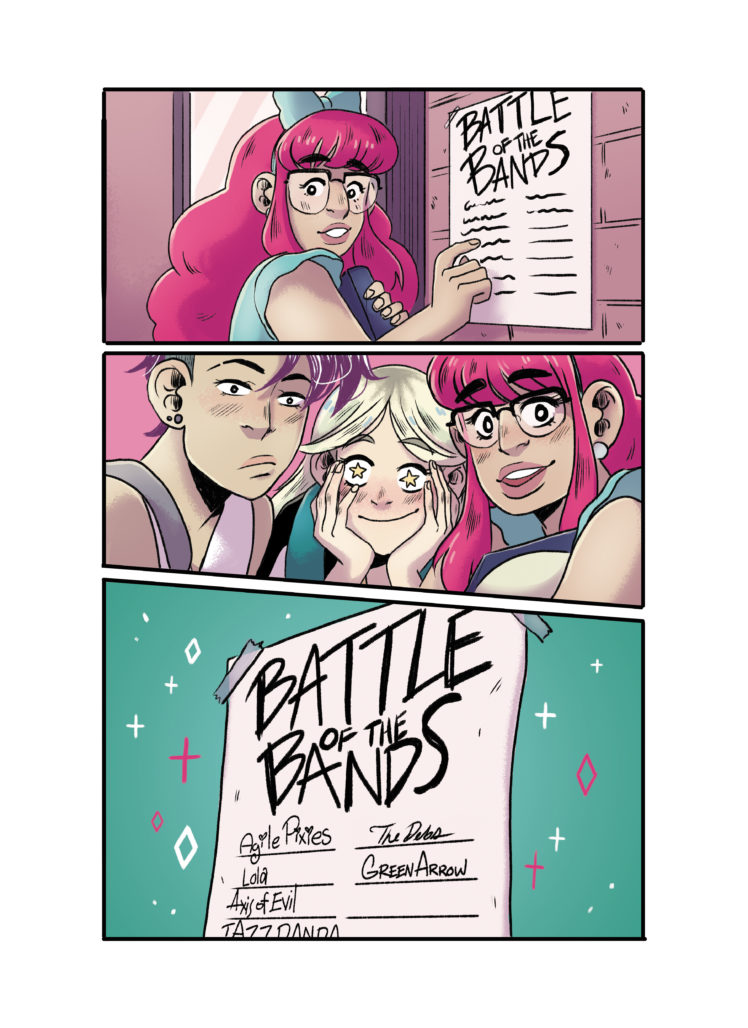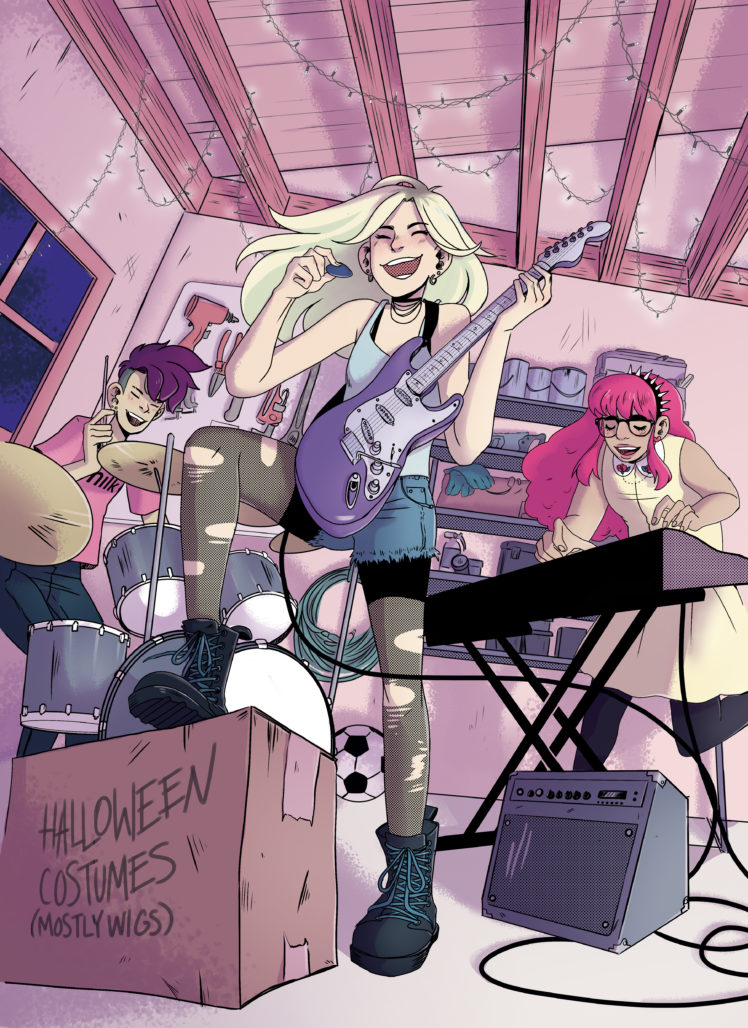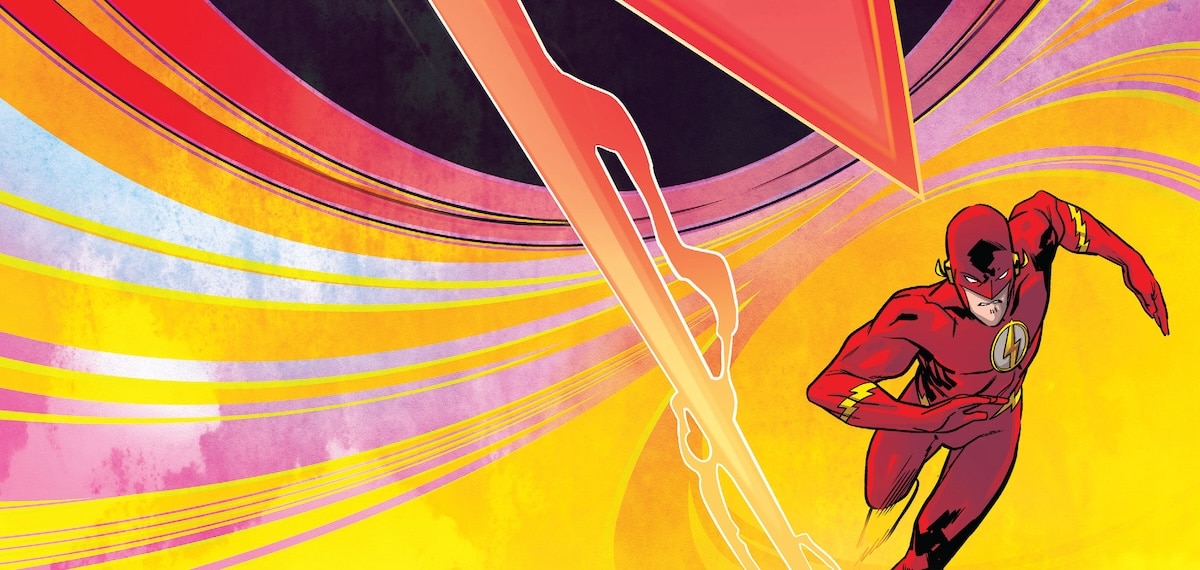THIS WEEK: Black Canary Ignite is a prime example of what is possible with DC’s young readers line — stand-alone stories that keep the core of the publisher’s characters intact while reaching out to new audience segments.
Note: the reviews below contain spoilers. If you want a quick, spoiler-free buy/pass recommendation on the comics in question, check out the bottom of the article for our final verdict.
 Black Canary Ignite
Black Canary Ignite
Writer: Meg Cabot
Illustrator: Cara McGee
Colorist: Caitlin Quirk
Letterer: Clayton Cowles
In the good year of 2019, I somehow managed to attend three DC Meet the Publishers panels at major comics events, doing so at WonderCon, San Diego Comic Con, and New York Comic Con (spring, summer, fall). This gave me close to three solid hours of hearing co-publishers Dan DiDio and Jim Lee discuss the state of DC Comics, as well as the various publishing initiatives that would shape its future. I heard all about DC Black Label, I heard about sun-setting imprints like Vertigo to focus on the DC Comics unified branding, and I heard about ongoing efforts to reach readers who occupy spaces outside of comic stores, be it through mass market retailers or traditional booksellers.
What emerged (to my speculative mind, anyway) was a picture of a publisher trying to be proactive about the changing nature of an industry in flux within a media landscape that has spent the past two decades constantly shifting. It’s not an enviable thing to have to figure out. Anyway, key to the effort to keep up are the line of books that DC is making now for young and middle grade readers (I’m hazy on the distinctions in the market place, knowing as I do that all of the target audience for these things is much much younger than I am). This is obviously a savvy move, what with so-called Juvenile Fiction adding up to a whopping 41 percent of the U.S. comics and graphic novels market, with manga (another choice popular amongst “the youth”) taking up another 28 percent. And you know what? This week I’m diving into the latest book in that line, Black Canary Ignite.
I’ve long been a fan of Black Canary, owing to how Green Arrow was a gateway character for me when I got into this hobby way back whenever, ahem. My previous experience with this publishing initiative has been pretty limited. I read Under the Moon: A Catwoman Tale to prep for an interview earlier this year, and I recently reviewed Superman Smashes the Klan. I enjoyed both, finding them to be as suitable as adult readers as for teens, with the former dealing with self harm and the latter racism.
Black Canary Ignite, however, is as the kids say (I’ll quit with that bit now…) purer than that. It’s a burst of bright and empowering enthusiasm from its first page. It is, simply put, a romp of a comic story. In this story, Dinah Lance is a 13-year-old student concerned with 13-year-old student things: spending time with friends, figuring out where she fits in the context of the larger world, and, obviously, winning an upcoming battle of the bands. The core elements of the Black Canary that has been around longer than the target audience for this story’s grandparents are all intact, too. Young Dinah is a singer whose voice can physically alter the world around her.
Writer Meg Cabot (a newcomer to comics whose most famous work is the New York Times Best-Selling The Princess Diaries, which has been adapted into a film starring Anne Hathaway) also does a great job incorporating lore associated with the Black Canary. In this book, her mother was also a superhero, and we get appearances from characters like Bonfire and Wildcat. Granted, they’re in nigh-unrecognizable disguises when we first see them, but the book does a wonderful job of playing this for a twist. Plenty of other DC characters are mentioned but not named, with a running concern about prisoners (specifically The Joker) having escaped from Arkham.
To explore any of that, however, would make this a very different sort of book. Black Canary Ignite is first and foremost a story concerned with its main character and her teenaged world, with her friends and her parents secrets and changes that are manifesting in her body (with the voice serving as a fantastic metaphor for puberty throughout). There’s also a great message of empowerment for young women that isn’t belabored, trusting as it does the readership to take away the lesson.
None of it, however, would be possible without the vast contributions of illustrator Cara McGee, who delivers a clear and kinetic burst of storytelling that perfectly matches the tone and the themes of the story. Everything from McGee’s clothing choices for the characters to the facial expressions creates an immersive world to draw in readers, accentuated wonderfully both by colorist Caitlin Quirk and letter Clayton Cowles, who has to depict plenty of sound effects given the integral nature of shouting and music to our story.
In the end, this book is a welcome addition to DC’s young reader selections. It’s cute and fun and built upon a message of empowerment. I may not be the target audience for this story, but I can think of nothing better to share with young readers in my life, bonding as I’m sure we will over my old favorite and their new favorite characters.
Verdict: Buy (if not for yourself, than for the young reader in your life)
Round-Up
- Meanwhile, in monthly direct market land…this was a quiet week for ol’ DC, which is fine. Last week really shook up the foundations of what’s happening in the line-wide shared story. My favorite book of the week, however, was the Aquaman Annual #2. It took a lighter and funnier tone than the main series, but it was just as entertaining and rich with character work. Quite frankly, it’s a great time to be reading Aquaman comics.
- My favorite issues of The Flash as of late are almost uniformly drawn by Scot Kollins, who was the first artist I remember reading as a kid, too. This week’s Flash #81 was no exception.
- Finally, Batman Superman #3 reminds us yet again that David Marquez is an out-of-this-world artist, unleashed for the first time in the DC Universe. This book is intense, but, moreover, I’m excited to see what Marquez does with the DC characters in the months to come.
Miss any of our earlier reviews? Check out our full archive!


